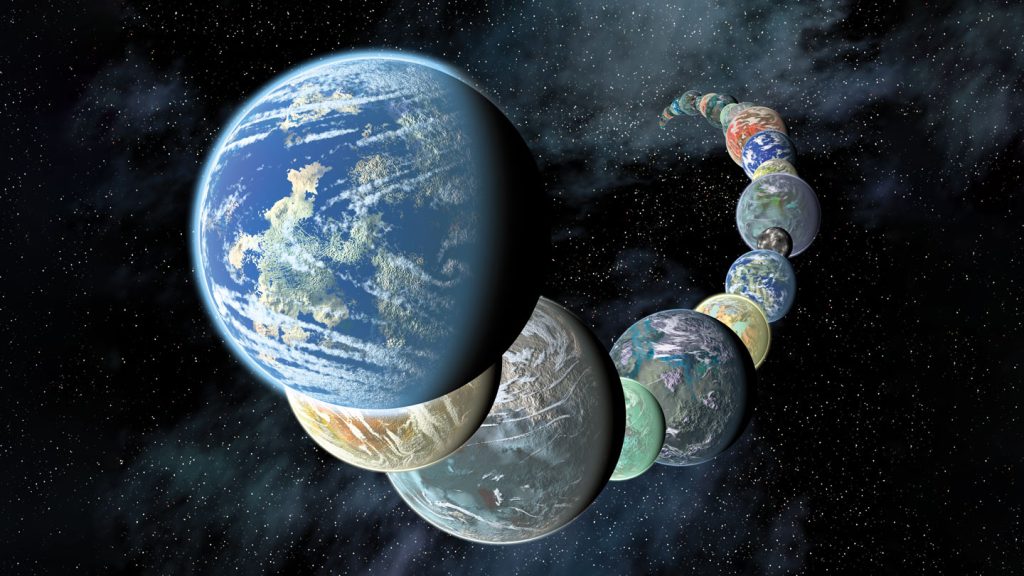Astronomers historically faced difficulties in detecting exoplanets, with the first planet beyond our solar system being discovered in 1992 after many other astronomical milestones were achieved. Today, over 5,000 exoplanets have been identified, but significant mysteries remain about these distant worlds. The visualizations of exoplanets in artworks are often based on limited information, such as mass, radius, and distance from their stars, making them speculative fantasies.
The James Webb Space Telescope (JWST) has brought new hope in unveiling exoplanets with incredible details. With its ability to study hundreds of exoplanets’ atmospheres, from gas giants to rocky Earth-sized ones, astronomers can now determine the chemical compositions of these planets through the absorption of starlight wavelengths. JWST has already detected water, carbon dioxide, methane, and other gases on various exoplanets, leading to hopes of discovering signs of alien life in the future.
In their quest to solve profound planetary puzzles using JWST, astronomers are investigating why some rocky planets have atmospheres while others do not. By distinguishing between rocky bodies with and without atmospheres, researchers aim to establish a “cosmic shoreline” dividing line. Recent JWST data on planets like 55 Cancri e and LHS 3844b have offered insights into the atmospheric compositions of rocky exoplanets, shedding light on their atmospheric characteristics.
Scientists are excited about the opportunity JWST presents to study exoplanet geology, an area previously inaccessible. With plans to analyze specific rock types on barren, airless exoplanets, astronomers hope to uncover clues regarding geological processes on these worlds. Rocks like granite and peridotite could signify volcanic activities or magma oceans, providing valuable information about the planet’s geological history.
JWST’s ability to study lava planets, which host magma oceans on their daysides, might offer a window into planetary interiors. By analyzing gases escaping from these planets’ molten surfaces, scientists can deduce their deep interior compositions and geological formations. Furthermore, JWST observations aim to reveal the identity of sub-Neptunes, the most common type of planets in the galaxy, and possibly solve the mystery of the planetary radius valley.
The gas giants of our solar system have puzzled scientists with questions about their formation, evolution, and composition. JWST observations could help elucidate if gas giants form where they are found or migrate over time due to gravitational interactions, creating chaos in planetary systems. The telescope’s exploration of gas giant atmospheres might reveal crucial insights into their elemental compositions, shedding light on their formation and migration patterns.
The James Webb Space Telescope holds immense promise in solving some of the most significant planetary mysteries of the universe. With its advanced capabilities in studying exoplanet atmospheres, geology, celestial compositions, and formation mechanisms, JWST is expected to revolutionize our understanding of distant worlds and potentially pave the way for exciting discoveries about the vast cosmos.


